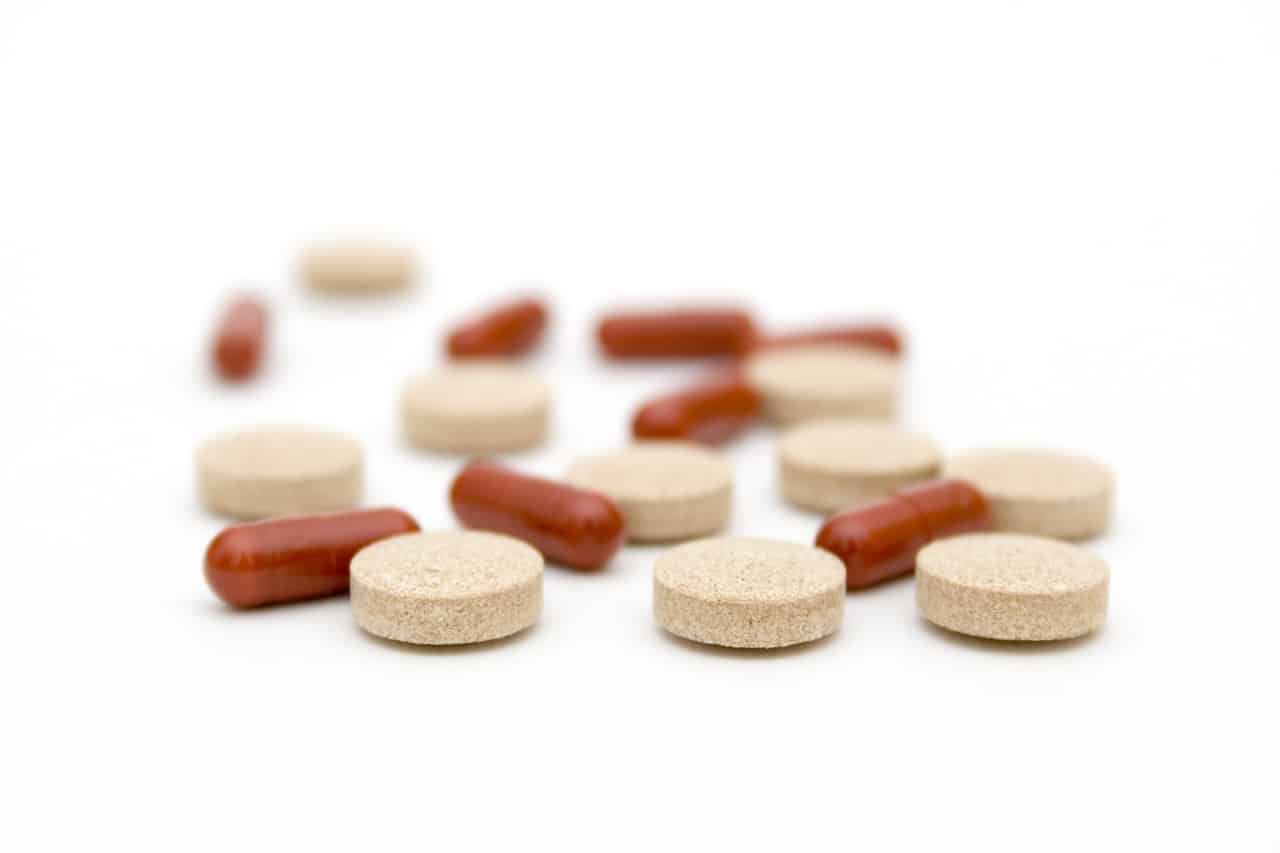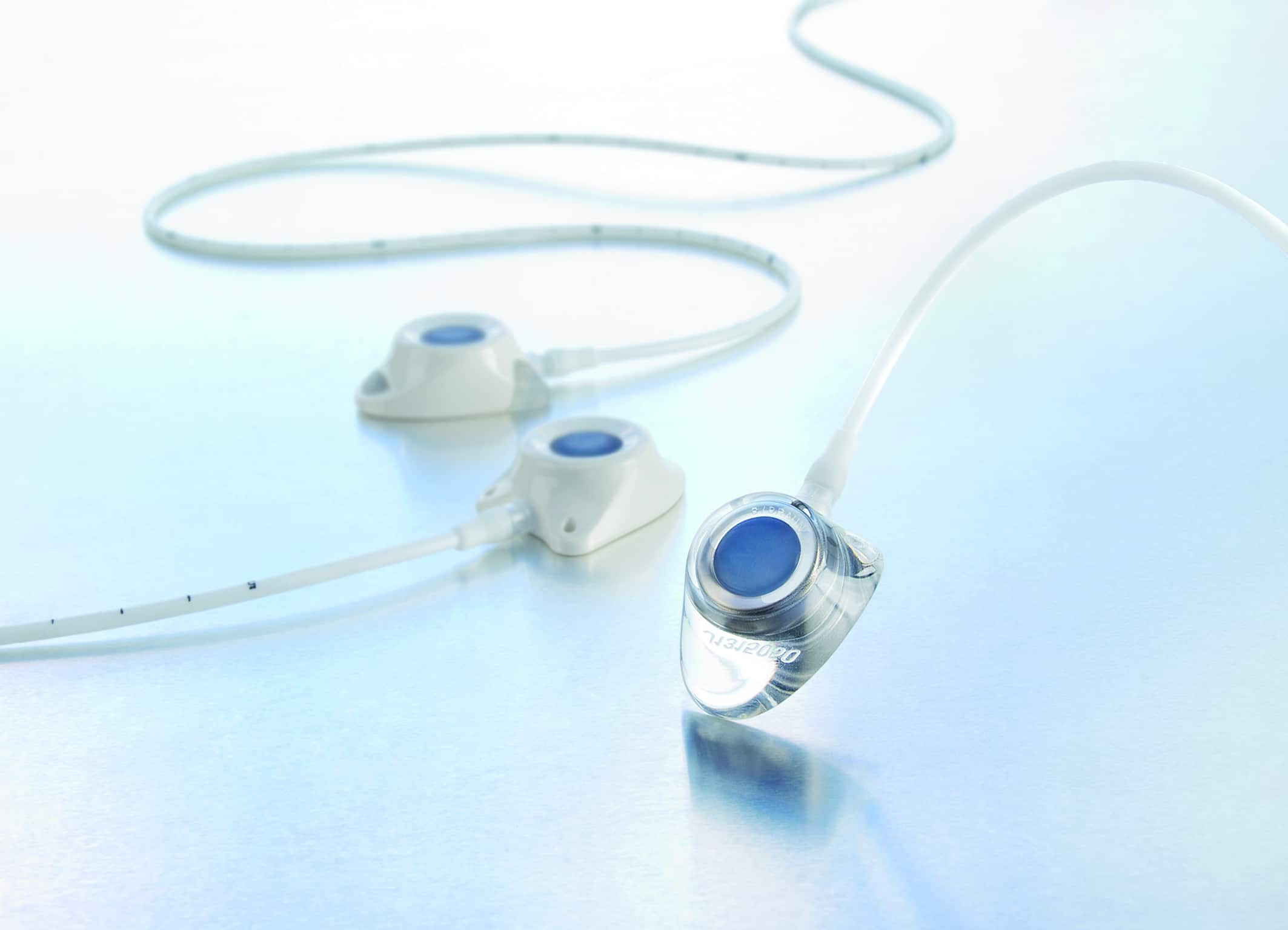
Treating cancer pain
Treatment for cancer pain always aims to get rid of the cause of the pain, if possible. If a tumour cannot be removed, radiotherapy or chemotherapy can often shrink it.
Cancer pain can be treated
If nothing can be done about the cause of the pain, the focus should be on relieving it as effectively as possible. Treatment should be as simple and easy as possible. Almost all drugs can now be given by mouth as effectively as by intramuscular injection.
Cancer pain can be treated
- Medicines: anti-inflammatory drugs, opioids, related medicines
- Special techniques: pain pumps, catheters and permanent anaesthesia, neurosurgical techniques, electrical stimulation techniques, radiotherapy and chemotherapy
- Other means: pain management methods and relaxation, assistive devices, physiotherapy/rehabilitation, home remedies.
As part of the national advice service of the Cancer Society of Finland, the Cancer Pain Hotline supports the pain management of cancer patients. You can contact the pain line if you have pain that is not being adequately managed.
Three-tier model
The more severe the pain, the more medication is used. In addition to medication, other methods such as anaesthesia and surgery are used to treat severe pain. The three-step model was developed by the World Health Organisation and is used worldwide.
If non-steroidal anti-inflammatory medicines or paracetamol do not relieve cancer pain, your doctor may prescribe an opioid medicine alongside them. Opioids are a common class of drugs used to treat cancer pain. They are used to relieve the pain caused when a cancerous tumour damages tissue.
Morphine and other strong opioids are effective cancer painkillers. Strong opioids used to treat cancer pain include morphine, oxycodone, fentanyl, methadone, and hydromorphone.
It often takes time to fine the right pain relief. If the pain is long-lasting, it will be treated with regular medication. You will often start on a low dose and gradually increase it. It may take days, even weeks, for the medicine to work properly.
You should take your pain medication at the same time every day. This will keep the effect of the medicine constant. Check the instructions to see if you need to take the medicine with food or on an empty stomach.
“Breakthrough pain”, or a sudden increase in pain, should always be taken into account when treating cancer pain. This is done by starting a long-acting medicine alongside the same medicine in a fast-acting form. With this medicine, the patient can “patch up” pain attacks that occur despite taking regular medicine. If a breakthrough pain medication is needed several times a day, the dose of the main drug is increased.
Painkillers can have side effects, but they often ease after a short time. The typical side effect of opioids is constipation, which can be effectively treated with medication. Nausea and fatigue are also fairly common, affecting around 10-30% at the start of opioid treatment, but these usually ease over time.
If you are travelling abroad, you must take your medicines with you in their original packaging along with printouts of your electronic prescriptions. Some painkillers may be classified as drugs and are subject to stricter restrictions.
Pain assessment
Pain assessment is important to find the right treatment. You will usually be asked about:
- Where is the pain? Is it in one place or in several?
- Is the pain throbbing, shooting or radiating?
- When does the pain start? Is it constant or intermittent?
- How bad is the pain?
- Does anything make the pain better or worse?
- Is the pain be relieved by medication, and if so, how much and for how long?
- How much does the pain interfere with your daily life and sleep? Does the pain affect your mood?
A scale is often used to describe the intensity of pain, with no pain at one end and unbearable pain at the other. It can also be described using numbers between 1 and 10.
Read more about pain and cancer

Cancer pain
Cancer and its treatments can cause many different types of pain. Cancer pain is the most common and most important symptom associated with cancer regarding quality of life. Around half of people with cancer experience pain.
Read article
Cancer treatment drugs and reimbursements
The Social Insurance Institution Kela reimburses the costs of prescription drugs and part of the costs of emollients and clinical nutrients prescribed for treating illnesses.
Read article
Taking care of yourself
Taking care of daily routines is part of self-care. Taking care of yourself during your illness is the most important way you can contribute to your recovery.
Read article